Pokhara (Nepali: पोखरा [ˈpokʰʌɾa]) is a metropolitan city in central Nepal, which serves as the capital of Gandaki Province. It is the second most populous city of Nepal after Kathmandu, with 599,504 inhabitants living in 120,594 households in 2021. It is the country's largest metropolitan city in terms of area. The city also serves as the headquarters of Kaski District. Pokhara is located 200 kilometres (120 miles) west of the capital, Kathmandu. The city is on the shore of Phewa Lake, and sits at an elevation of approximately 822 m. The Annapurna Range, with three out of the ten highest peaks in the world—Dhaulagiri, Annapurna I and Manaslu—is within 15–35 mi (24–56 km) of the valley. The current mayor of Pokhara is Dhana Raj Acharya from CPN (Unified Socialist).
Pokhara is considered the tourism capital of Nepal, being a base for trekkers undertaking the Annapurna Circuit through...Read more
Pokhara (Nepali: पोखरा [ˈpokʰʌɾa]) is a metropolitan city in central Nepal, which serves as the capital of Gandaki Province. It is the second most populous city of Nepal after Kathmandu, with 599,504 inhabitants living in 120,594 households in 2021. It is the country's largest metropolitan city in terms of area. The city also serves as the headquarters of Kaski District. Pokhara is located 200 kilometres (120 miles) west of the capital, Kathmandu. The city is on the shore of Phewa Lake, and sits at an elevation of approximately 822 m. The Annapurna Range, with three out of the ten highest peaks in the world—Dhaulagiri, Annapurna I and Manaslu—is within 15–35 mi (24–56 km) of the valley. The current mayor of Pokhara is Dhana Raj Acharya from CPN (Unified Socialist).
Pokhara is considered the tourism capital of Nepal, being a base for trekkers undertaking the Annapurna Circuit through the Annapurna Conservation Area region of the Annapurna ranges in the Himalayas. The city is also home to many of the elite Gurkha soldiers, soldiers native to South Asia of Nepalese nationality recruited for the British Army, Nepalese Army, Indian Army, Gurkha Contingent Singapore, Gurkha Reserve Unit Brunei, UN peacekeeping forces and in war zones around the world.
By radiocarbon dating and investigating the alluvial deposits of Pokhara Valley, researchers have found that there were at least three large medieval earthquakes in 1000, 1255, and 1344 AD. Up to 9 cubic kilometres of conglomerates, massive mud and silt show indications of one or several megafloods that emanated from the Sabche Cirque in the Annapurna range.[1]
Pokhara lies on an important old trading route between China and India. In the 17th century, it was part of the Kingdom of Kaski which was one of the Chaubisi rajya (24 Kingdoms of Nepal, चौबिसे राज्य) ruled by a branch of the Shah dynasty. Many of the hills around Pokhara have medieval ruins from that time. In 1786, Prithvi Narayan Shah, the last ruler of the Gorkha Kingdom and first monarch of the Kingdom of Nepal, added Pokhara to his kingdom. It had by then become an important trading place on the routes from Kathmandu to Jumla and from India to Tibet.[2]
The first settlement of the valley is theorized to have taken place when the first King of Kaski, Kulamandan Shah Khad (also called Bichitra Khan and Jagati Khan), made Batulechaur in the northern side of the valley his winter capital during the mid 14th century. The people settled here included Parajuli Brahmins, who were asked to look after the Bindhyabasini temple and were given some land in that locality as Birta. Dhobi Gauda was the first market center developed in Pokhara valley before the last King of Kaski brought sixteen families of Newars from Kathmandu (Bhaktapur) to develop the present-day market (i.e., old market) in the 1770s. Prior to that people were settled in the peripheral hills.[3]
Pokhara was envisioned as a commercial center by the King of Kaski in the mid 18th century A.D.[4] when Newars of Bhaktapur migrated to Pokhara, upon being invited by the king, and settled near main business locations such as Bindhyabasini temple, Nalakomukh and Bhairab Tole. Most of Pokhara, at the time, was largely inhabited by Khas[5] (Brahmin, Chhetri, Thakuri and Dalits), Gurungs, and Magars.[6][7] At present, the Khas, Gurung (Tamu) and Magar form the dominant community of Pokhara. There is also a sizeable Newari population in the city.[8] Batulechaur in the far north of Pokhara is home to the Gandharvas or Gaaineys (the tribe of the musicians).[9]
 Phewa lake in 1982
Phewa lake in 1982The nearby hills around Pokhara are covered by Gurung villages with few places belonging to the Khas community.[10] Small Magar communities are also present mostly in the southern outlying hills. A Newar community is almost non-existent in the villages of outlying hills outside the Pokhara city limits.
From 1959 to 1962, approximately 300,000 exiles entered Nepal from neighboring Tibet following its annexation by China. Most of the Tibetan exiles then sought asylum in Dharamshala and other Tibetan exile communities in India. According to UNHCR, since 1989, approximately 2500 Tibetans cross the border into Nepal each year,[11] many of whom arrive in Pokhara typically as a transit to Tibetan exile communities in India. About 50,000–60,000 Tibetan exiles reside in Nepal, and approximately 20,000 of the exiled Tibetans live in one of the 12 consolidated camps, eight in Kathmandu and four in and around Pokhara. The four Tibetan settlements in Pokhara are Jampaling, Paljorling, Tashi Ling, and Tashi Palkhel. These camps have evolved into well-built settlements, each with a gompa (Buddhist monastery), chorten and its particular architecture, and Tibetans have become a visible minority in the city.[12]
Until the end of the 1960s, the town was only accessible by foot and it was considered even more a mystical place than Kathmandu. The first road was completed in 1968 (Siddhartha Highway)[13] after which tourism set in and the city grew rapidly.[14] The area along the Phewa lake, called Lakeside, has developed into one of the major tourism hubs of Nepal.[15]
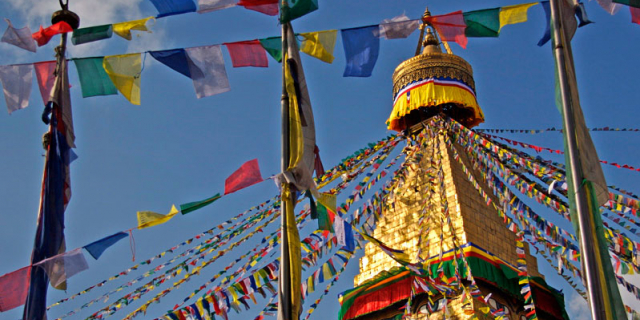


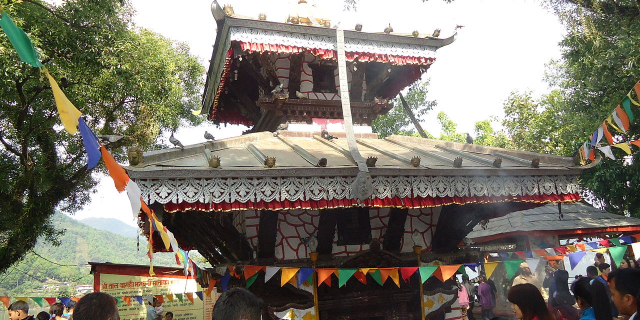

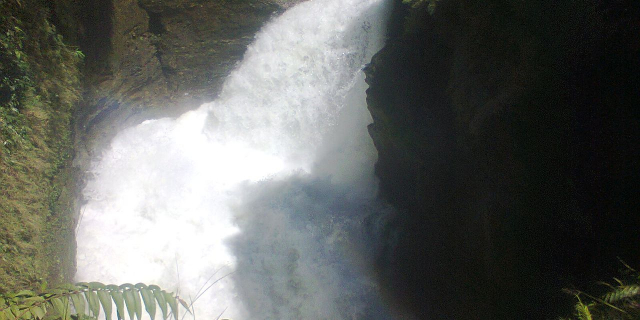



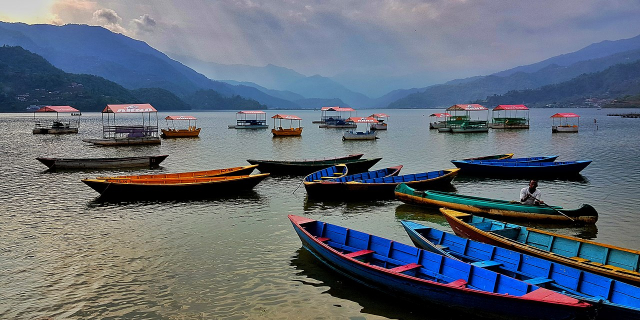



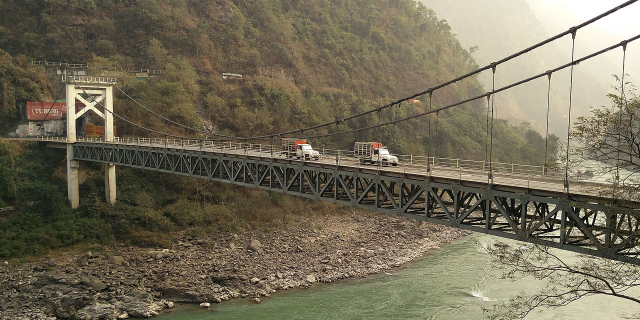



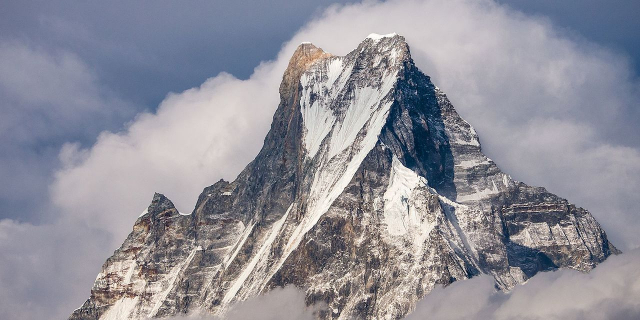



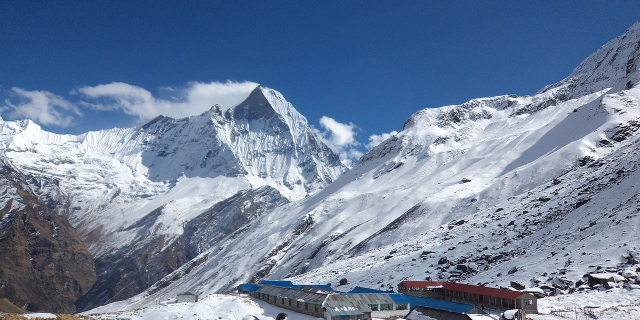





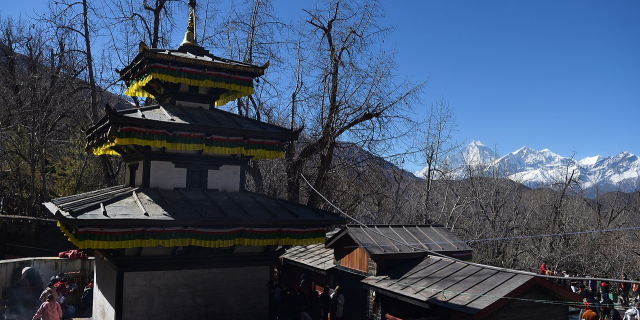








Add new comment